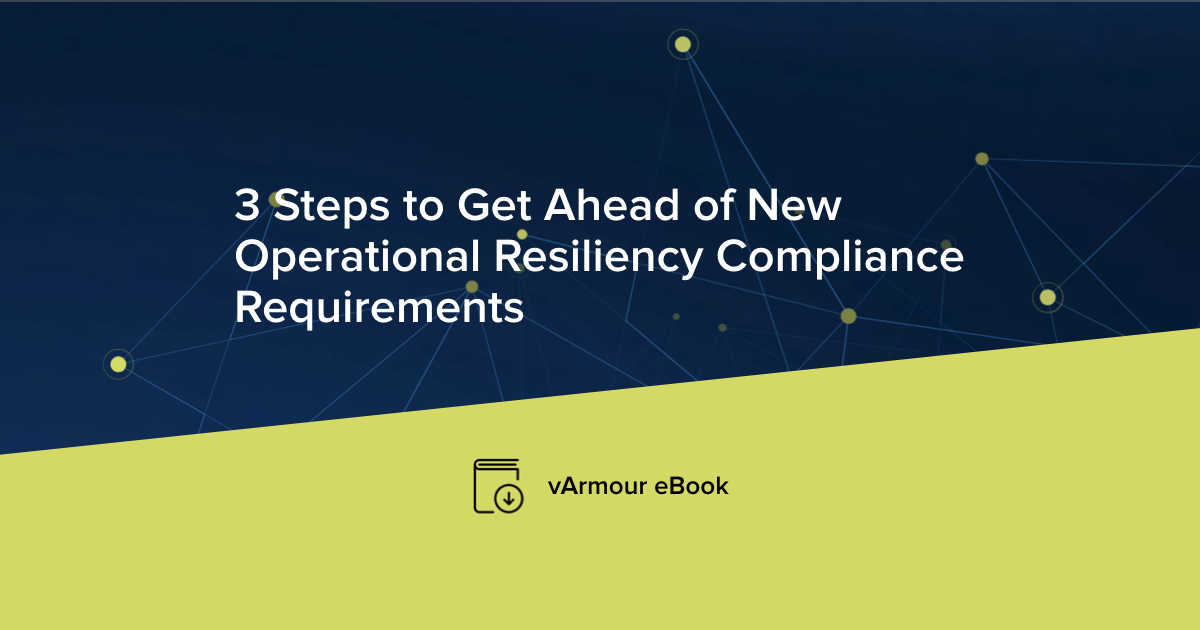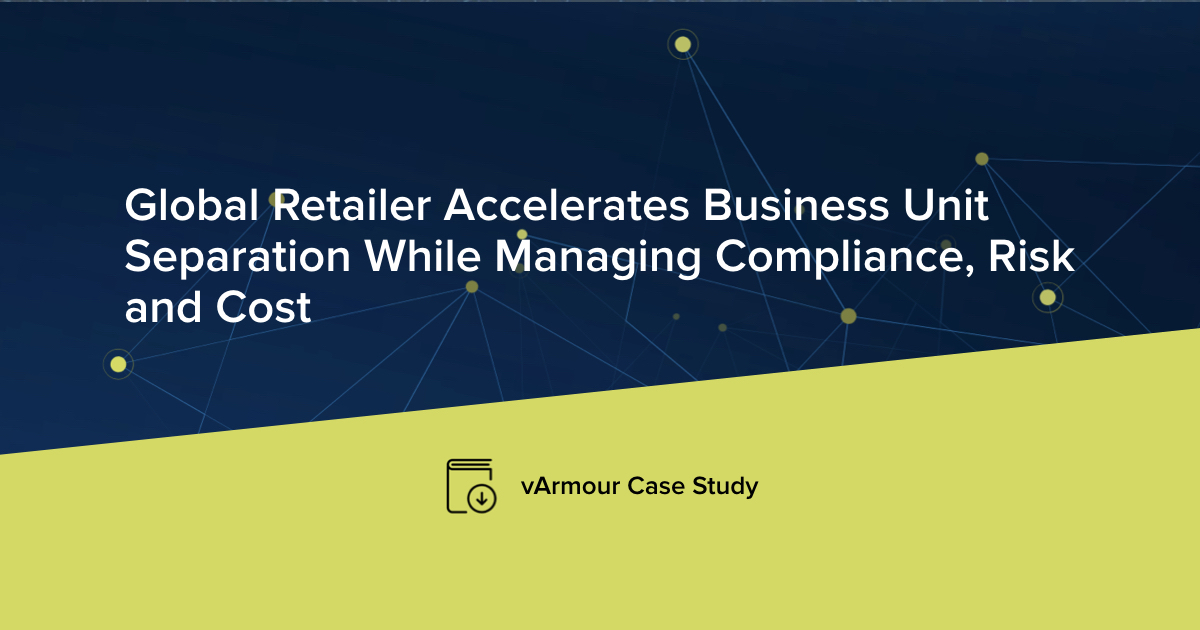The burden of manual regulatory compliance slows business processes.
Driven by dynamic IT, quickly evolving business environments, and exploding complexity, regulatory compliance best practices have recently evolved from requiring recovery planning to mandating operational resilience. That is, incorporating proactive measures to mitigate disruptive events to ensure the resilience of critical business functions in the face of a varied and fluid set of risks.
While it’s true some organizations may have operational or cyber resilience processes in place to address these regulations, they are often manual in approach, quickly outdated, and siloed across teams — which frequently leads to higher operational costs, lower accuracy and effectiveness, and greater risks of human error.
Manual approaches are a risky proposition, as the consequences of non-compliance can be especially daunting. Beyond extremely hefty fines, non-compliance may also lead to reputation-affecting data breaches, extended operational outages, significant financial loss, and lawsuits. Crucially, organizations achieving minimum ‘tick the box’ compliance using manual processes often find they are unprepared for the inevitable incident and are exposed to hugely impactful regulatory scrutiny and sanctions.
As a result, business leaders are under unprecedented pressure to find intelligent solutions that will help them effectively and efficiently meet regulatory demands while driving greater resilience throughout their business operations.
Taking an observations-driven, automated approach enables organizations to maintain an accurate map of their critical business functions and their dependencies in order to avoid, recover from, and anticipate potential disruptions to their critical and regulated business functions. Furthermore, enterprises with highly evolved risk management practices recognize the value of continuous situational awareness as a business differentiator, allowing them more room to innovate and free to implement new technologies quickly.
Operational resilience mandates are increasing worldwide.
With most businesses now exposed to cyber threats and operational complexity, specific regulations have emerged to help keep those businesses and the public at-large safe from cyber crimes and operational failures — including those that specifically require businesses to provide detailed asset inventory and mapping of their critical business applications. While the detailed requirements of each vary, they are unified in their common goal of heightening cyber resilience. (See table at the bottom of this page.)
Achieving resilience with vArmour visualized infrastructure mapping.
For CIOs and other technology professionals, operational resilience begins with a radical rethinking of their entire approach to asset and mapping regulatory compliance.
Unlike manual and siloed compliance efforts that collect and analyze data over set periods, truly resilient approaches see risk assessments and mapping exercises as a continuous and cross-operational endeavor.
The result is a regulatory reporting process that’s more accurate, efficient, lower in cost, and produces a dramatically lower risk of regulatory fines. It is also a process that avoids the periodic fire drills we see today in many organizations.
But to fully achieve this, businesses need an automated and agile cyber asset management and mapping solution.

vArmour visualized mapping is essential for today’s rapidly changing regulatory environment.
Identifying and mapping the behaviors and vulnerabilities to your business application ecosystem is just the start. Relationship Cloud provides operators and risk teams the ongoing monitoring and analytics tools required to ensure compliance demands are continuously met in today’s dynamic hybrid environments. Contact us to day to get started on saving time, money and risk with vArmour.
Automatic & Continuous Asset Inventory
Auto-discover assets to easily map infrastructure to the critical business services they provide.
Baseline & Monitor Application Behavior in Real-Time
Using the observed reality of applications, workloads, dependencies, and relationships, all in an intuitive user interface.
Immediate Visibility & Insights
Quickly determine key application dependencies to increase resilience and demonstrate compliance.
The Global Regulatory Landscape for Asset and Application Mapping
| Applicable Region | Regulation Name | Industry Verticals | Overview |
| US | FFIEC BCM (Federal Financial Institutions Examination Council Business Continuity Management) | Finance & Banking | Enforces principles, standards, and report forms for the federal examination of financial institutions. |
| CMMC (Cybersecurity Maturity Model Certification) | Department of Defense partners | Enforces the protection of sensitive unclassified information that is shared by the DoD with its contractors and partners. | |
| CISA (Cybersecurity & Infrastructure Security Agency) | Government and Industry Partners, provides guidelines on preparedness for incidents such as ransomware. | Responsible for strengthening cybersecurity and infrastructure protection across all levels of government. | |
| PCI-DSS (Payment Card Industry Data Security Standard) | All | A set of credit card security standards established and mandated by major credit card brands. Validation of compliance is performed annually or quarterly. | |
| NIST (National Institute of Technology) Cybersecurity Framework (Framework) | All | A voluntary framework that provides organizations guidance on how to prevent, detect, and respond to cyberattacks. Often used as the basis for regulatory assessments across all sectors. | |
| United Kingdom | Bank of England’s PRA (Prudential Regulation Authority) | Finance & Banking | Part of the Bank of England, the PRA is responsible for the prudential regulation and supervision of banks, building societies, credit unions, insurers, and major investment firms. |
| EUROPE / EU | DORA (Digital Operational Resilience Act) | Finance & Banking | Enforces a regulatory framework on digital operational resilience whereby all firms need to make sure they can withstand, respond to, and recover from cybersecurity incidents. |
| EBA (European Banking Authority) | Finance & Banking | Enforces a standard set of rules to regulate and supervise banking and money institutions across all EU countries. |







